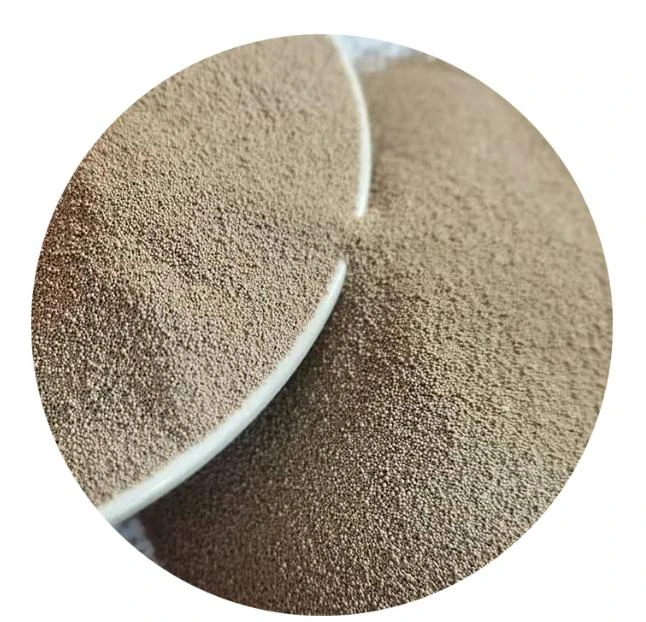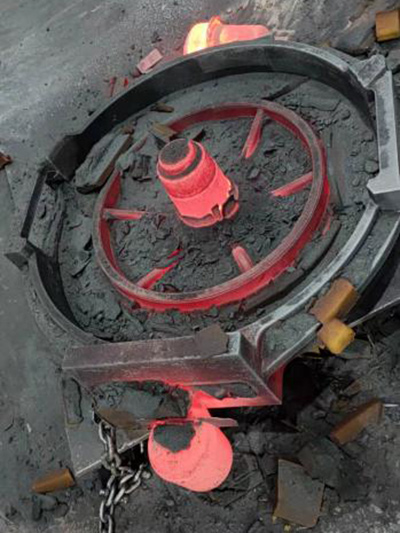

4. Advantages of Wet Sanding Ceramics Wet sanding offers numerous benefits including minimized dust—a significant concern in studios for health and cleanliness reasons—as well as superior control over the surface smoothness. This technique also prepares the ceramic for glazing, ensuring a uniform application and adhesion, which is paramount for both aesthetic and functional purposes. 5. Addressing Common Challenges One of the frequent issues faced during wet sanding is the tendency to over-sand, leading to thin spots that could compromise the ceramic's durability post-glazing or during firing. Comprehensive knowledge of the material's limits is invaluable. Additionally, ensuring a proper work environment, where dust accumulation is minimized and adequate ventilation is provided, enhances both the process and the quality of the end product. 6. Expert Tips for Optimal Outcomes Invest in a high-quality mask and glasses to protect against particulate exposure when sanding fine details or confined spaces. Regularly clean your sanding materials and replace them as needed to avoid transferring existing imperfections back onto the ceramic surface. Allocating ample time and patience to this process will undoubtedly pay off in terms of the piece’s final aesthetic and structural qualities. Wet sanding ceramics is not merely a preparatory step; it's an art form requiring precision and skill. The benefits of mastering this technique are innumerable, ensuring not only beautiful finishes but also enduring and robust ceramic products. For those aiming for perfection in ceramics, wet sanding emerges as an indispensable part of the craftsmanship process. Arming oneself with knowledge, patience, and the right tools transforms this technique from a daunting task to a gratifying and vital part of ceramic artistry. Post time:Th2 . 13, 2025 08:04
Next:Ceramic Sand for Lost Foam Casting
